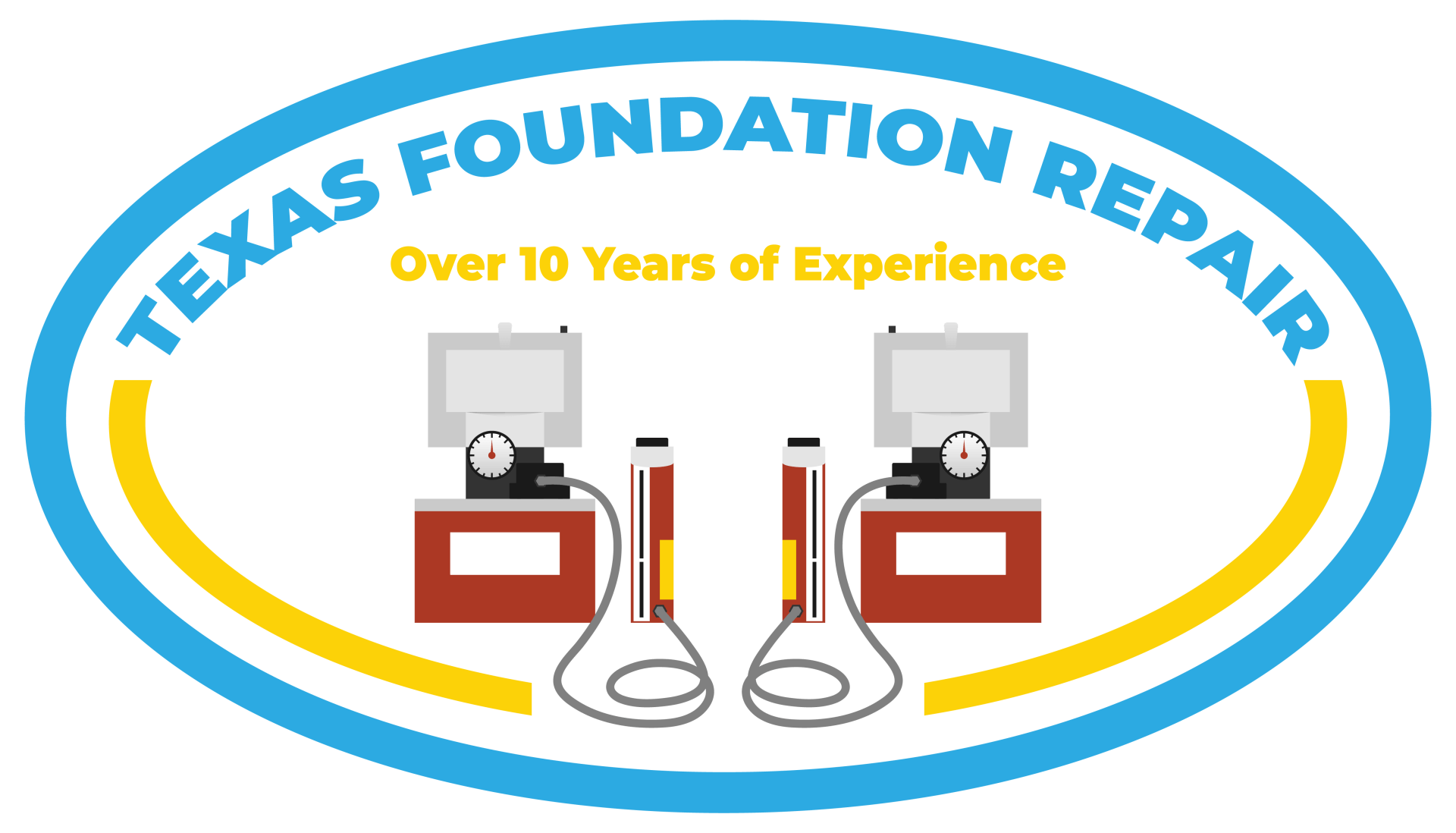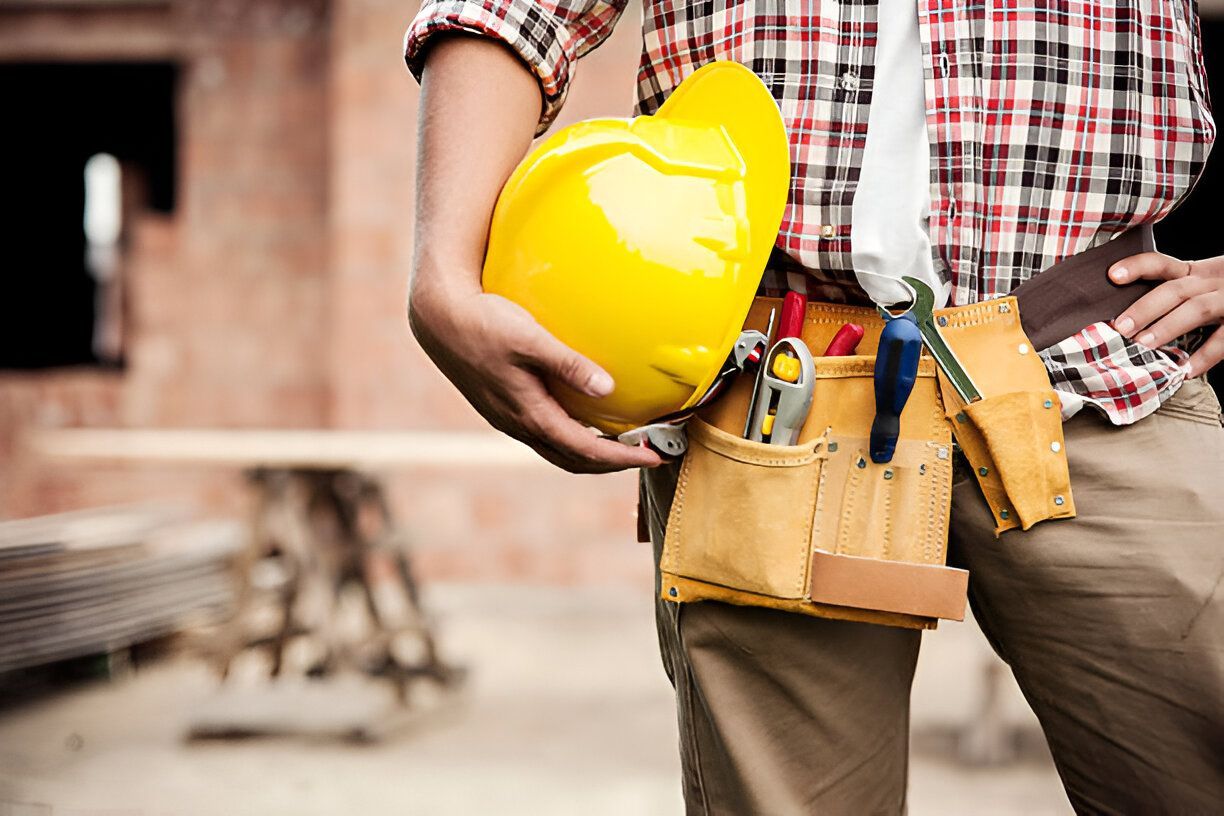Is Your Home's Pier and Beam Foundation in Need of Repair?
Pier and beam foundations are a common choice for many homes, offering durability and flexibility. These systems typically consist of concrete piers that support wooden beams and floor joists, elevating the home above ground level. While they provide excellent ventilation and easier access to plumbing, they are not without issues.
Common Issues:
● Moisture Problems: Water can accumulate under the house, leading to wood rot and mold.
● Shifting or Settling: Over time, the ground beneath may shift, causing uneven floors.
● Pest Infestation: Elevated spaces can attract pests like termites or rodents.
Key Takeaway: Early detection and prompt action can save you from costly repairs down the line. Regular inspections and maintenance are crucial to ensure your foundation remains stable and secure. Ignoring minor issues today can lead to significant expenses in the future.
Understanding Pier and Beam Foundations
Pier and beam foundations provide a stable structure for homes, particularly in areas prone to moisture. This type of foundation elevates the house off the ground, creating a crawl space between the soil and the floor joists.
Components of a Pier and Beam System
A pier and beam foundation consists of three main components:
1.Piers: Vertical supports made from concrete or brick that transfer the weight of the home to the ground.
2.Beams: Horizontal elements resting on piers, distributing the load across multiple points.
3.Floor Joists: Smaller horizontal supports attached to beams, providing a base for the flooring above.
Comparison to Other Foundation Types
While pier and beam foundations offer excellent moisture control and easy access for repairs, they do differ significantly from slab foundations.
- Feature Pier and Beam Foundation Slab Foundation Elevation
- Elevated above ground level
- Concrete poured directly onto soil
- Crawl Space Access
- Crawl space provides easy access for maintenance
- No crawl space, making repairs more challenging
- Water Table Suitability
- Better for areas with high water tables
- May be problematic in flood-prone areas
- Cost
- Typically more expensive upfront but can be costlier to repair
- Typically more affordable upfront
- Understanding these differences helps you make informed decisions about your home's foundation needs.
Common Issues with Pier and Beam Foundations
Pier and beam foundations, while offering several advantages, are not without their share of problems. Recognizing these issues early can be crucial to maintaining the structural integrity of your home.
Typical Problems Associated with Pier and Beam Foundations
1.Wood Rot: The wooden components in pier and beam systems are susceptible to rot, especially in humid environments.
2.Termite Infestation: Wooden beams and joists can attract termites, leading to significant damage over time.
3.Sagging Floors: Over time, the beams may sag or bow due to age or excessive load.
4.Shifting Piers: Soil movement can cause piers to shift, leading to misalignment and instability.
Signs Indicating Foundation Issues
Identifying signs of damage early can save you from expensive repairs:
● Cracks in Walls/Floors: Look for horizontal or vertical cracks, particularly around doorways and windows.
● Uneven Surfaces: Floors that slope or feel uneven underfoot can indicate foundation settling.
● Doors and Windows Misalignment: Difficulty opening or closing doors and windows may point to shifting foundations.
Causes of Foundation Problems
Several factors contribute to foundation issues:
● Water Mitigation Issues: Poor drainage around the home can lead to water pooling around the foundation, causing wood rot and soil instability.
● Poor Building Practices: Inadequate construction techniques or substandard materials can compromise the foundation's longevity.
● Soil Erosion/Settlement: Changes in soil moisture levels can cause the ground to expand or contract, affecting the stability of the piers.
Identifying these common issues promptly allows you to take necessary actions before they escalate into severe structural problems. Regular inspections play a pivotal role in this process.
Assessing the Need for Repair
Routine foundation inspections every 5-8 years are essential to maintain the integrity of your pier and beam system. These regular check-ups can help detect minor issues before they escalate into major problems, saving you from significant expenses.
How to Assess Damage
When assessing the extent of damage to a pier and beam foundation, look for:
● Visible cracks in walls or floors
● Uneven surfaces within your home
● Sagging floors or misaligned doors and windows
A thorough inspection should also include checking the crawl space for signs of rot, mold, or water damage.
When to Seek Professional Help
If you notice any of these warning signs or if you're unsure about the condition of your foundation, it's time to seek professional assistance. Experts in pier-and-beam-foundation-repair can provide a detailed damage assessment and recommend appropriate solutions. They can also offer an estimate on potential repair costs, which can vary widely based on the extent of damage and other factors.
Costs Associated with Pier and Beam Foundation Repair
Repair costs for pier and beam foundations can vary significantly based on several factors. Understanding these costs is crucial for budgeting and planning.
Factors Influencing Repair Costs for Pier and Beam Foundations
Several factors can impact repair expenses:
Foundation Type
The materials used for your foundation affect pricing significantly:
● Wooden Foundations: Generally less expensive but may require more frequent maintenance.
● Concrete Foundations: More durable but come at a higher initial cost.
Soil Stability Considerations During the Repair Process
Soil stability plays a critical role in determining repair costs:
● Stable Soil Conditions: Easier and less costly repairs.
● Poor Soil Stability: May require extensive work to stabilize the foundation, thereby increasing labor and material costs.
Accessibility
Difficult access to crawl spaces can lead to increased labor time and costs:
● Easily accessible areas: Lower labor costs due to ease of access.
● Hard-to-reach areas: Higher labor costs due to additional time and effort required.
Extent of Damage
The complexity of foundation issues affects overall repair costs:
● Minor Issues: Less expensive as they require fewer materials and labor.
● Major Structural Problems: More costly due to extensive work needed to restore integrity.
Understanding these variables helps you anticipate potential expenses associated with pier and beam foundation repairs.
Repair Methods for Pier and Beam Foundations: Pros and Cons Explained!
Underpinning Technique: Strengthening Your Foundation from Below
Underpinning piers is a robust technique designed to enhance the stability of your pier and beam foundation. This method involves extending the foundation depth to reach more stable soil layers or distributing the load across a larger area.
Advantages:
● Enhanced Stability: The primary benefit of underpinning is significantly increased stability. By reaching deeper, more stable soil layers, your foundation becomes less susceptible to shifts and movements.
● Long-Term Solution: Unlike the reshimming method, underpinning provides a more permanent fix. It addresses the root cause of foundation issues rather than merely offering a temporary patch.
● Versatility: This technique can be adapted to various soil conditions and structural requirements, making it suitable for different types of homes.
Challenges:
● Invasive Process: The process can be disruptive as it involves excavation around the foundation. Homeowners may experience temporary inconveniences during the repair period.
● Requires Expert Handling: Due to its complexity, underpinning should only be performed by experienced professionals. Incorrect execution can lead to further structural issues.
When considering repair methods such as underpinning or reshimming, it's crucial to weigh the pros and cons based on your specific situation. Both techniques have their benefits and drawbacks, but early detection and timely intervention are key in reducing long-term costs.
Understanding these methods and their implications helps you make informed decisions about maintaining your home's structural integrity. Regular inspections and choosing the appropriate repair method ensure your pier-and-beam-foundation remains strong for years to come.
Underpinning Technique: Strengthening Your Foundation from Below
Underpinning piers is a robust method to reinforce your foundation, often needed when traditional repairs like reshimming fall short. This technique involves extending the foundation's depth or breadth to distribute the load more effectively.
Advantages:
● Enhanced Stability: Provides a long-term solution by addressing deep-seated issues.
● Increased Load-Bearing Capacity: Ideal for homes experiencing significant settlement or soil instability.
Challenges:
● Higher Costs: Can be expensive, with costs surpassing $30,000 depending on the complexity.
● Labor-Intensive: Requires specialized skills and equipment, increasing labor time and expenses.
Comparatively, while reshimming is cost-effective, it often serves as a temporary fix. Underpinning offers a more permanent solution at a higher price point.
Preventative Measures to Maintain Foundation Integrity in Your Home!
Effective Drainage Solutions: Keeping Water Away from Your Foundation!
Effective drainage solutions are crucial for maintaining the integrity of your pier and beam foundation. Water accumulation around your home's foundation can lead to a host of problems, including soil erosion, which undermines the stability of the piers and beams.
Key steps to implement effective drainage solutions include:
● Gutter Systems: Ensure that your home has a functional gutter system that directs rainwater away from the foundation. Clean gutters regularly to prevent blockages.
● Downspouts: Extend downspouts at least 5-10 feet away from the house. This helps ensure that water is channeled far enough from the foundation to avoid pooling.
● Grading: Properly grade the soil around your home so that it slopes away from the foundation. A slope of 6 inches for the first 10 feet is generally recommended.
● French Drains: Installing a French drain can be an effective way to divert water away from your foundation. These systems consist of a trench filled with gravel and a perforated pipe that redirects water.
● Sump Pumps: In areas prone to heavy rainfall or flooding, consider installing a sump pump in your crawl space or basement. This device can actively remove water that accumulates beneath your home.
Routine maintenance is essential for these drainage systems to remain effective. Regular inspections help detect any issues early on, ensuring that minor problems don't escalate into major repairs.
Benefits of effective drainage solutions:
● Reduced Soil Erosion: Proper drainage minimizes soil erosion around piers and beams.
● Foundation Stability: Keeping water away reduces the risk of shifting or settling foundations.
● Cost Savings: Preventing water-related issues can save you from expensive pier-and-beam-foundation-repair-costs.
Implementing these measures will help you maintain a stable and durable pier and beam foundation, safeguarding your home against potential structural damage.
Soil Condition Monitoring: Ensuring Stability Beneath Your Home!
Routine soil condition monitoring is essential for maintaining the integrity of your pier and beam foundation. Tips for maintaining a healthy pier and beam foundation include:
● Regular Inspections: Conduct inspections every 5-8 years to identify potential issues early.
● Effective Drainage Solutions: Ensure proper drainage around your foundation to prevent water accumulation that can weaken the soil.
● Soil Moisture Control: Use moisture barriers or landscaping techniques to maintain consistent soil moisture levels.
By implementing these routine maintenance tips, you can safeguard your home against costly repairs.
Conclusion: Taking Action Today for a Stable Tomorrow!
Maintaining the integrity of your home's foundation is crucial. Early detection of issues through regular inspections can save you significant costs and prevent extensive damage. Recognizing signs such as cracks in walls or uneven flooring can be the first step in addressing potential problems.
Key Points to Remember:
● Regular Inspections: Aim for every 5-8 years.
● Early Detection: Look for visible signs like cracks or sloping floors.
● Professional Help: Don't hesitate to consult experts if you notice any abnormalities.
Proactive measures not only safeguard your home's structural integrity but also provide peace of mind knowing that you are avoiding larger, more expensive repairs down the line.
What are common issues with pier and beam foundations?
Common issues include moisture problems, wood rot, and structural instability. Water can accumulate under the house, leading to significant damage if not addressed.
How can I identify signs of foundation issues in my home?
Signs of foundation issues include uneven floors, cracks in walls or ceilings, doors that stick or do not close properly, and gaps between walls and floors. Early identification can prevent costly repairs.
What routine maintenance should I perform for my pier and beam foundation?
Routine inspections every 5-8 years are essential. Additionally, monitor soil conditions and ensure effective drainage solutions to keep water away from the foundation.
What factors influence the cost of repairing a pier and beam foundation?
Factors include the extent of damage, accessibility to crawl spaces, soil stability considerations, and the specific repair methods used. Repair costs can vary significantly based on these elements.
When should I seek professional help for my pier and beam foundation?
You should seek professional help if you notice warning signs such as significant cracks, uneven floors, or if you're unsure about the severity of potential issues. A professional assessment can provide clarity on necessary repairs.
What preventative measures can I take to maintain my foundation's integrity?
Implement effective drainage solutions to keep water away from your foundation and monitor soil conditions regularly. These measures are crucial for maintaining stability beneath your home.
BROWSE OUR WEBSITE
CONTACT US




- Hondo, TX, United States Hondo, TX, United States
- San Antonio, TX, United States San Antonio, TX, United States
- Floresville, TX, United States Floresville, TX, United States
- Boerne, TX, United States Boerne, TX, United States
- Bulverde, TX, United States Bulverde, TX, 78163, United States
- Kenedy, Texas, United States Kenedy, Texas, United States
- San Marcos, TX, United States San Marcos, TX, United States
- Seguin, TX, United States Seguin, TX, United States






